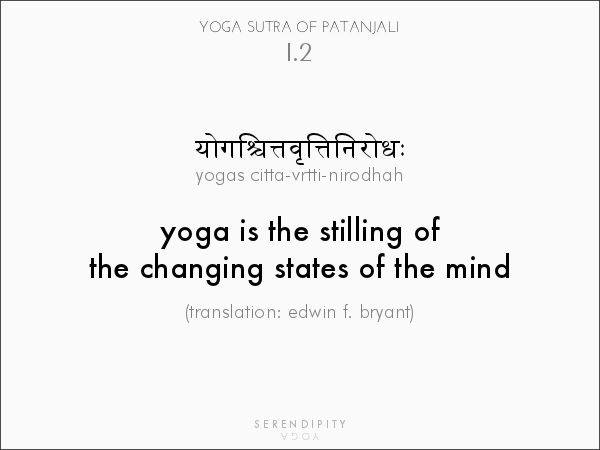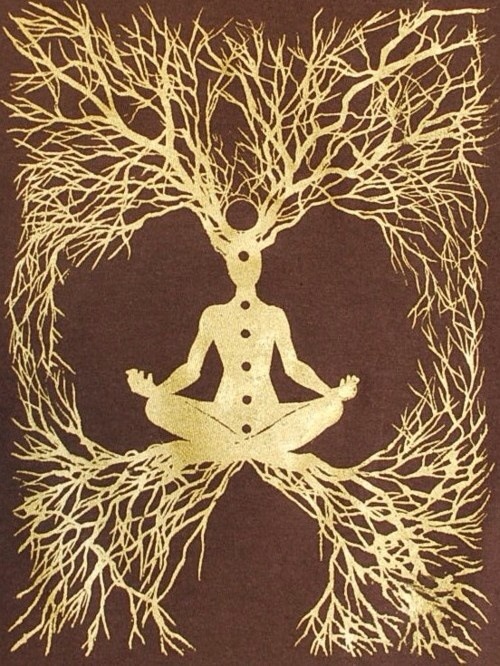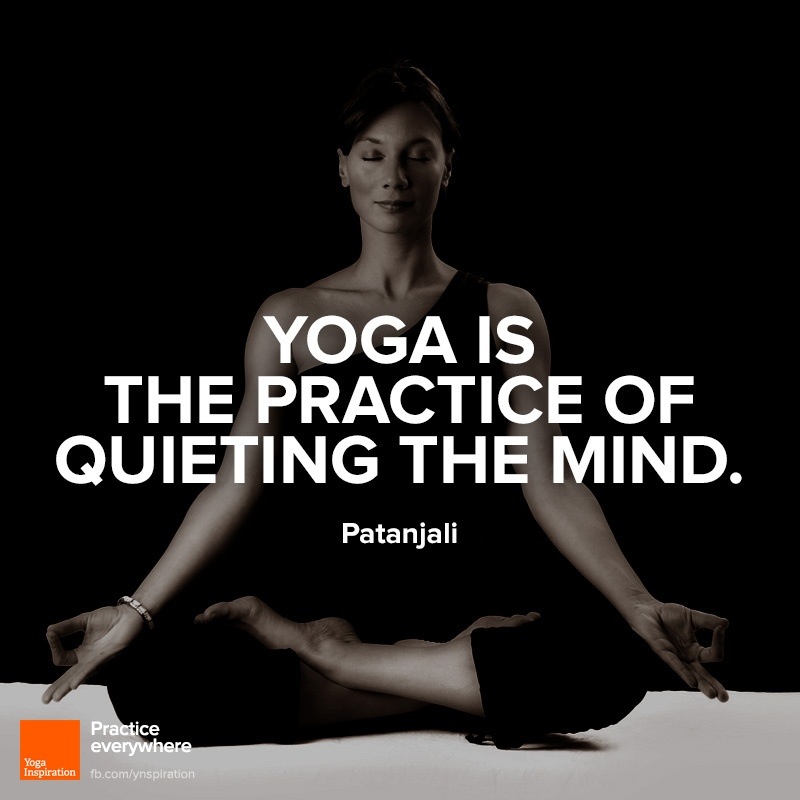yoga sutra 1.2
“yoga is the stilling of the changing states of mind”
We tend to associate the mind with its mindstuff, or thoughts. We even think about our thinking. Sometimes this gets a little compulsive. We even think about postures.
So what is Patanjali referring to in yoga sutra 1.2
Yoga is a practice that balances and consists of maintaining a balance between a quiet mind that is ‘still’, meaning the thought waves are calmed, and the awake and present state where we are able to notice and observe what we are doing. In that balance, the chaos and drama of thoughts rushing around on so many levels about so many things is controlled and directed (one-pointednes).
the word ‘mind’ here is composed of the psyche, the intelligence, thoughts, sentiments, emotions, so it is a broad term here, and can be both subconscious and conscious. When your mind is in the yoga state (yoga mind, I like to say) all the disharmony and disturbance that the mind was previously engaged in is replaced by a harmonious state that is purified and not distracted or subject to the sufferings of the monkey mind.
Does your yoga practice change the way your ‘mind’ feels, and do you take this transformation into your daily life ? #liveyouryoga





